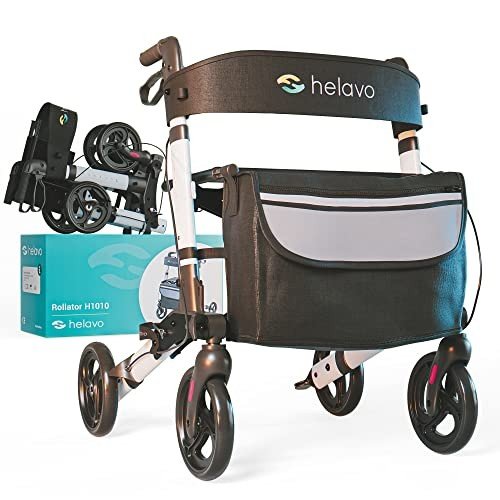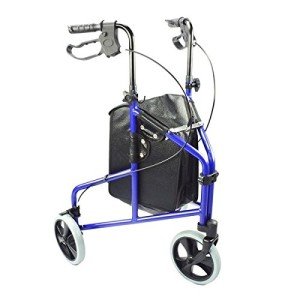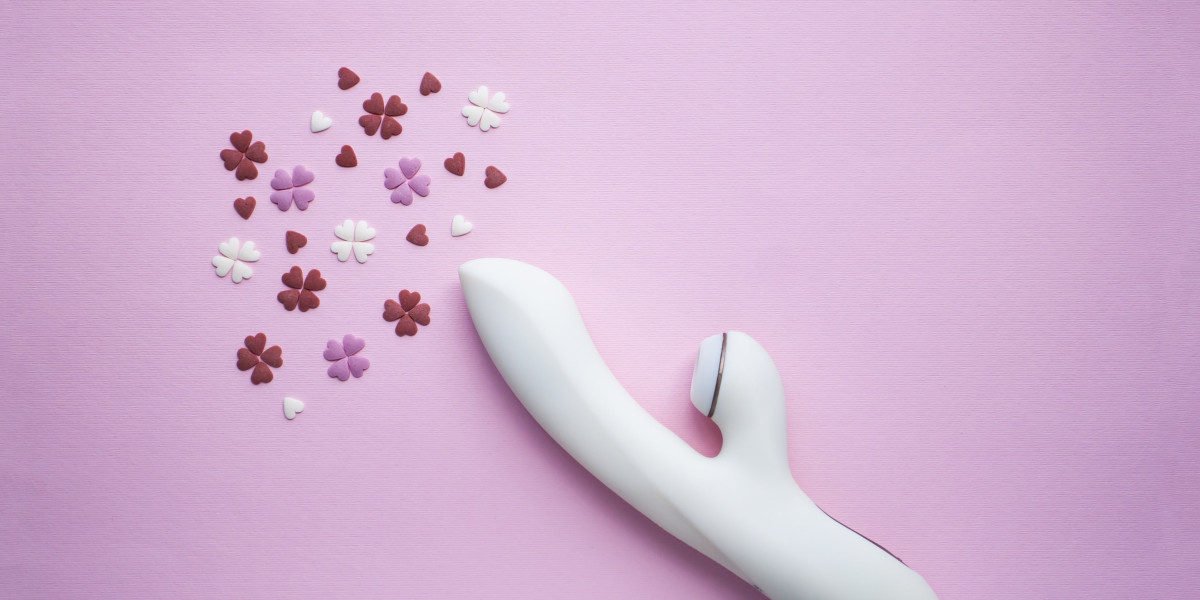
Understanding Medical Walkers: A Comprehensive Guide
Medical walkers act as indispensable mobility aids for people recovering from surgery, handling persistent illnesses, or dealing with age-related mobility concerns. These devices not only boost physical independence but also enhance safety, enabling users to navigate their environments with greater ease. This short article explores the types, benefits, functions, and considerations associated with medical walkers, in addition to some often asked questions.
Tabulation
- Kinds Of Medical Walkers
- Benefits of Using a Medical Walker
- Key Features to Consider
- Frequently Asked Questions
- Conclusion
1. Kinds Of Medical Walkers
Medical walkers are offered in numerous designs, catering to various needs and preferences. The primary types include:

| Type of Walker | Description |
|---|---|
| Standard Walker | A rectangular frame with four legs, using stability and support. |
| Two-Wheeled Walker | Comparable to a basic walker but geared up with wheels at the front for much easier motion. |
| Three-Wheeled Walker | A lightweight walker with three wheels, enabling more maneuverability, perfect for indoor use. |
| Rollator With Seat Walker | A walker Drive Devilbiss Tri-Walker Aid with Seat - Red 4 wheels, hand brakes, and a seat, appropriate for longer ranges and resting requirements. |
| Hemi Handicap Walker | Designed for people who can use only one hand, featuring a tripod-like design. |
2. Benefits of Using a Medical Walker
Using a medical walker provides numerous benefits that add to the user's general well-being, including:
- Increased Stability: Walkers supply a steady base of support, minimizing the threat of falls.
- Enhanced Mobility: They enable users to walk around more easily, promoting self-reliance.
- Pain Relief: By rearranging weight, walkers can minimize discomfort in the joints, especially in the hips and knees.
- Posture Support: These gadgets motivate correct posture, lowering stress on the back.
- Boosted Confidence: Users typically feel more secure utilizing walkers, leading to much better self-confidence and increased activity levels.
3. Key Features to Consider
When selecting a medical walker, it's crucial to evaluate different functions to discover the best fit. Here are some vital aspects to consider:
- Weight Capacity: Ensure the walker can support the user's weight while keeping stability.
- Height Adjustment: Look for a walker with adjustable height settings to accommodate the user's height and offer comfortable grip.
- Product: Lightweight aluminum walkers are easier to maneuver, while steel walkers offer more powerful assistance but may be heavier.
- Wheel Quality: If deciding for a wheeled walker, consider the wheel size and tread. Larger wheels browse unequal surfaces more quickly.
- Seat Availability: If users will be walking for longer durations, a walker with an integrated seat can supply rest breaks when required.
- Brakes: Hand brakes are especially essential for safety in Rollator For Elderly walkers to manage speed and stop when needed.
Types of Walkers with Features Comparison Table
| Walker Type | Weight Capacity | Height Adjustment | Wheels | Seat Available | Brakes |
|---|---|---|---|---|---|
| Standard Walker | As much as 300 pounds | Yes | No | No | No |
| Two-Wheeled Walker | Up to 300 lbs | Yes | Yes | No | No |
| Three-Wheeled Walker | Up to 250 lbs | Yes | Yes | No | No |
| Rollator Walker | Approximately 400 lbs | Yes | Yes | Yes | Yes |
| Hemi Walker | Approximately 250 pounds | Yes | No | No | No |
4. Regularly Asked Questions
Q1: Who should use a Drive Medical Nitro 4-Wheel Walker in Red walker?A: Medical walkers are advantageous for individuals recuperating from surgery, experiencing balance issues, or requiring help due to age-related mobility difficulties. Q2: Can a medical walker be adjusted?A: Yes, the majority of
medical walkers are height-adjustable to accommodate different user heights, permitting for a more comfy grip. Q3: How do I pick the best walker for my needs?A: Consider factors such as the user's weight, height, type of mobility issues, and whether they need a seat or brakes. Testing the walker for convenience and stability before purchase is also recommended. Q4: Are there any safety pointers connected with using a medical walker?A: Yes, users should ensure they don't lean too heavily on the walker, use it on stable and level surface areas, and constantly make sure exercise, which aids in recovery and mobility improvement. 5.
the brakes are engaged when seated or fixed. Q5: Can walking with a medical walker assistance with rehabilitation?A: Absolutely. Medical walkers are frequently recommended as part of rehabilitation programs as they encourage
Conclusion Medical walkers play an important role in improving the quality of life for people facing mobility challenges. With various types and functions readily available, selecting the right walker involves considering the user's particular requirements and situations. By comprehending their benefits and proper use, individuals can restore self-reliance, enhance their mobility, and browse their surroundings safely. Whether for short-term healing or long-term support, the ideal medical walker can substantially improve a user's total wellness. Incorporating a medical walker into one's daily routine can be a transformative decision, making it simpler to take part in life's day-to-day activities while making sure safety and self-confidence.






